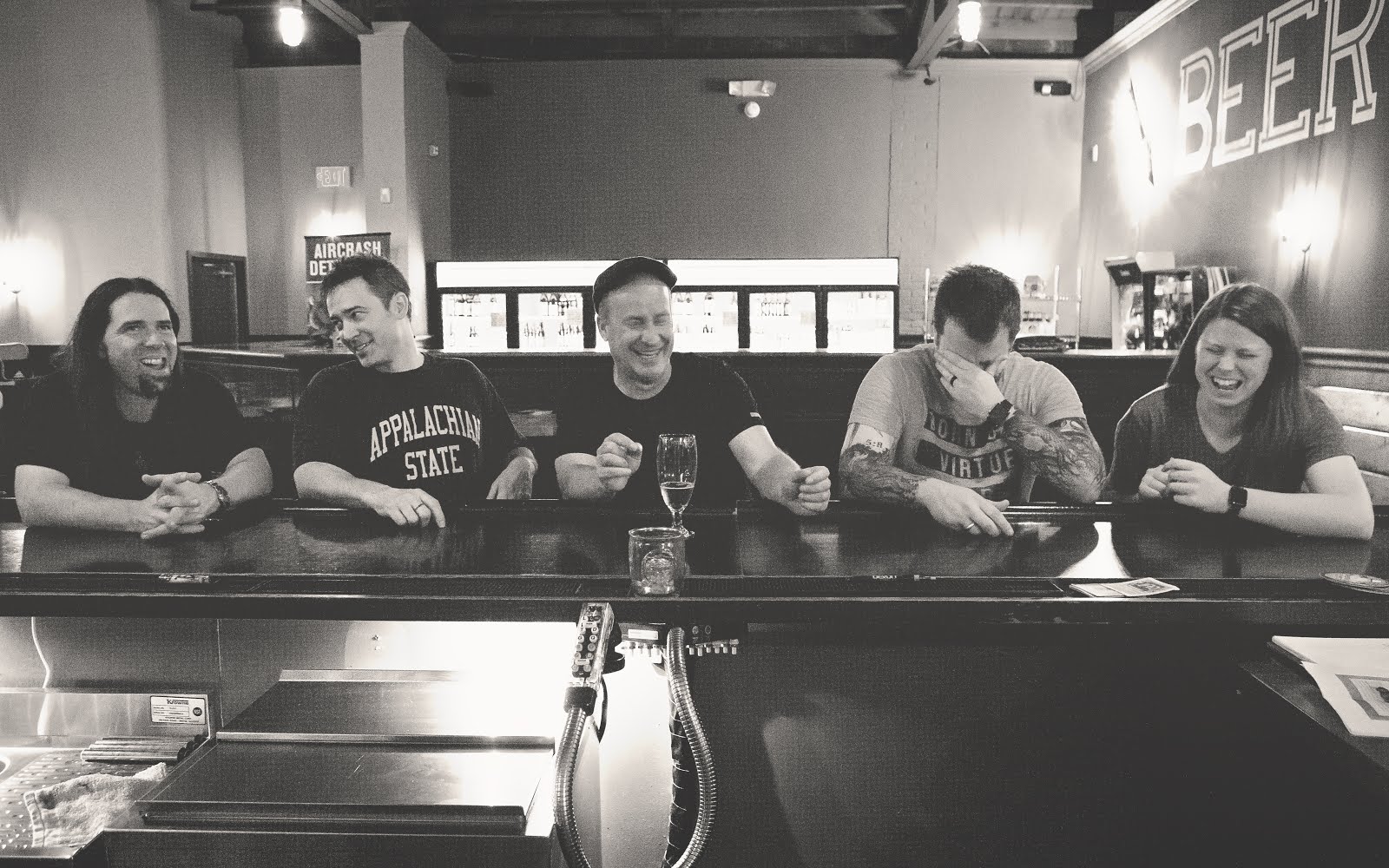I found this article, written by Jude Stewart, that gives a fun, insightful look on the relationship between color and marketing.
Color persuades—this we know for sure. So studying color in marketing, the ultimate persuasion business, seems ripe for fascinating insights. Here’s a dive into some of the latest research on the topic.
I can’t think of a longer-lasting, higher-stakes design decision than choosing your logo design and palette, so colors of major web brands seems a smart place to start this exploration. I love the site webcolourdata.com for how it cleanly abstracts the color palettes of the web’s biggest brands, while letting you perform the same analysis on any website.
Speaking of big-data takes on the topic, let’s turn now to Google’s 800lb-gorilla take on the question of color. Over at Motherboard.com Derek Mead shares Google’s big reveal: red is the most popular search term across the wide web in the last seven years. Consumers have spoken, it seems, and they crave red!

Color in Marketing: From What Color is the Most Popular on the Internet? by Derek Mead, Motherboard: http://motherboard.vice.com/blog/what-color-does-the-internet-like-best
Other insights from Mead: “purple didn’t do well, teal bombed.” Of course, if we’re talking about search terms inputted into Google, I’m not surprised a more specific color term like “red” would spank a more specific term like “teal”.
This bias lurks in many rigorous-seeming analyses of color in marketing. Namely, these analyses are much lighter on hard-boiled data than they claim to be, and hunches reign more than the analysts ever acknowledge.
You can’t get much more data-driven than findings based on Google search data, but I wouldn’t run wild with the takeaway. People search more for “red” than “teal” not because they hate teal but because “red” is a super-common color term. Who searches for teal anything but interior decorators? Google’s evidence pitting “red” against “blue”—with red pulling ahead in recent months—is a much fairer comparison.

Color in marketing: KISSMetrics infographic as seen in http://www.fastcompany.com/3009317/why-is-facebook-blue-the-science-behind-colors-in-marketing
A recent Fast Company post, Why is Facebook Blue?: The Science Behind Color Marketing, is riddled with fun-to-read, but not-quite-scientific takeaways of this kind. The most hard-hitting stuff in this article comes from a KISS Metrics study How Colors Affect Conversions.
It does include an interesting tidbit about why hyperlinks are colored blue. As explained on Quora: “Tim Berners-Lee, the main inventor of the web, is believed to be the man who first made hyperlinks blue. Mosaic, a very early web browser, displayed webpages with a (ugly) gray background and black text. The darkest color available at the time that was not the same as the black text was that blue color. Therefore, to make links stand apart from plain text, but still be readable, the color blue was selected.”
The KISSMetrics study is packed with useful, rigorously-research data on color in marketing. For instance, 90% of a consumer’s product assessment stems from reactions to color alone, and 2/3 of consumers wouldn’t buy a home appliance—a fairly hefty, utilitarian purchase—if they didn’t like the color choices it came in.
Among A-B tests of colors in web design, KISSMetrics cites one study by Performable (now Hubspot), in which green and red buttons were pitted against each other. Defying the analysts’ hunch that green would promote purchasing behavior, red outperformed green handily with 21% more clicks. No other changes were made to the site’s copy or design.
Another delicious (literally!) stat from KISSMetrics: Heinz switched out its signature ketchup bottle’s color from red to green in a controlled experiment. The result? 10 million more bottles of ketchup sold in the first 7 months, an increase of $23 million in sales. Of course, given that Heinz ketchup bottles are back to red, perhaps the most intriguing question is left unanswered: why did they switch back?
MediaPost DataInsider takes a demographic spin on the color-in-marketing question. According to a study from the University of Oxford Said Business School, changing the color of the price from black to red on an advertisement hoodwinks men into thinking they’re getting a bargain. Unsubtly titled “Are Men Seduced by Red? The Effect of Red Versus Black Prices on Price Perceptions,” the study even quantifies how much men think they’re saving when they see red: some recalled the price as $15 less than the actual cost.
“Men tend to look at colors in advertisements to determine their worth, whereas women tend to read the print,” MediaPost author Laurie Sullivan continues. “The findings imply that men had rather not spend the time to look more closely at the content. Researchers also said that men more often associate the color red with pleasure.”
What’s the takeaway, color-marketers? Color is tricky, it’s highly contextual, and it packs a wallop. There’s no clear and obvious answer to THE hue that will make merchandise fly off the shelves. These studies only flutter the veil briefly, revealing color’s impact on our decisions to buy. But it’s a fascinating glimpse all the same.





No comments:
Post a Comment